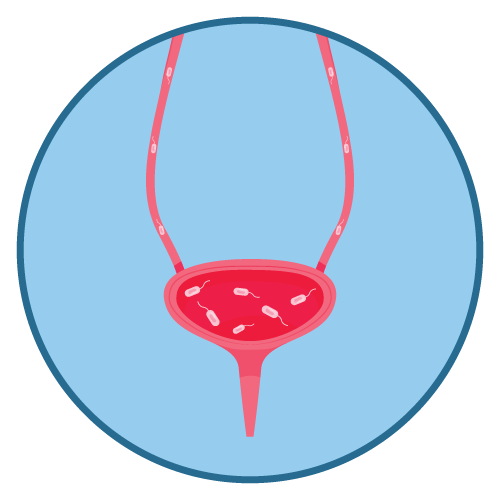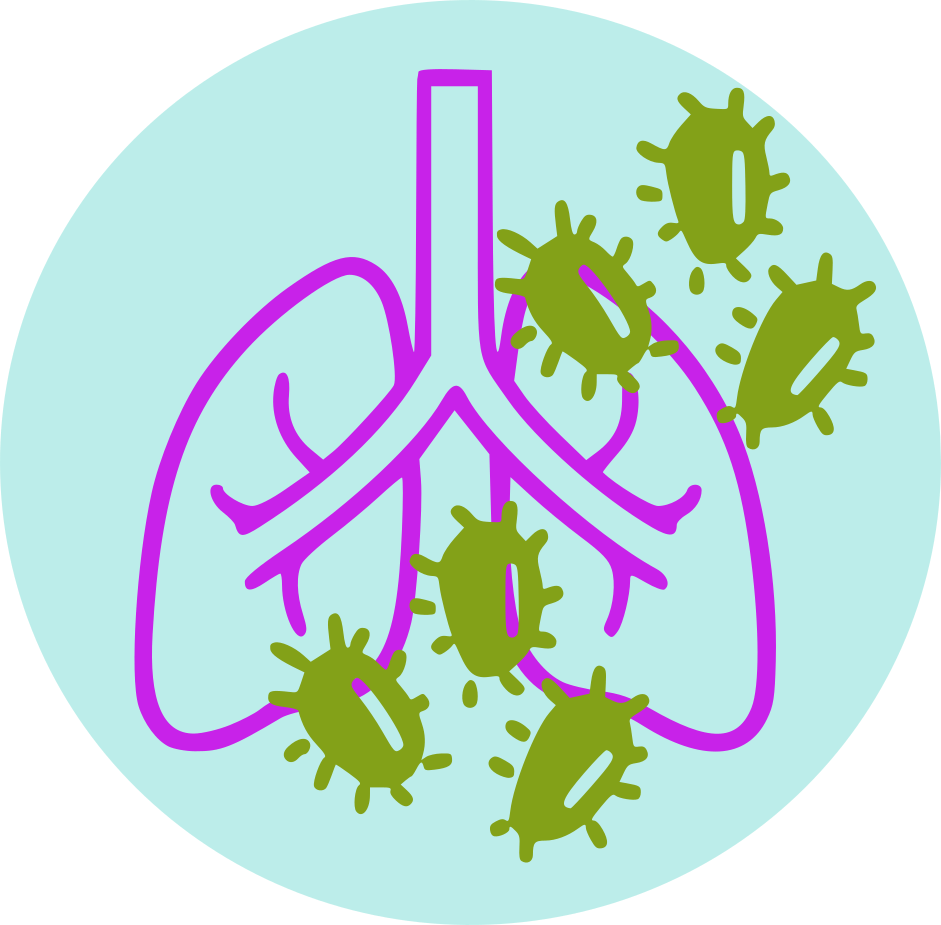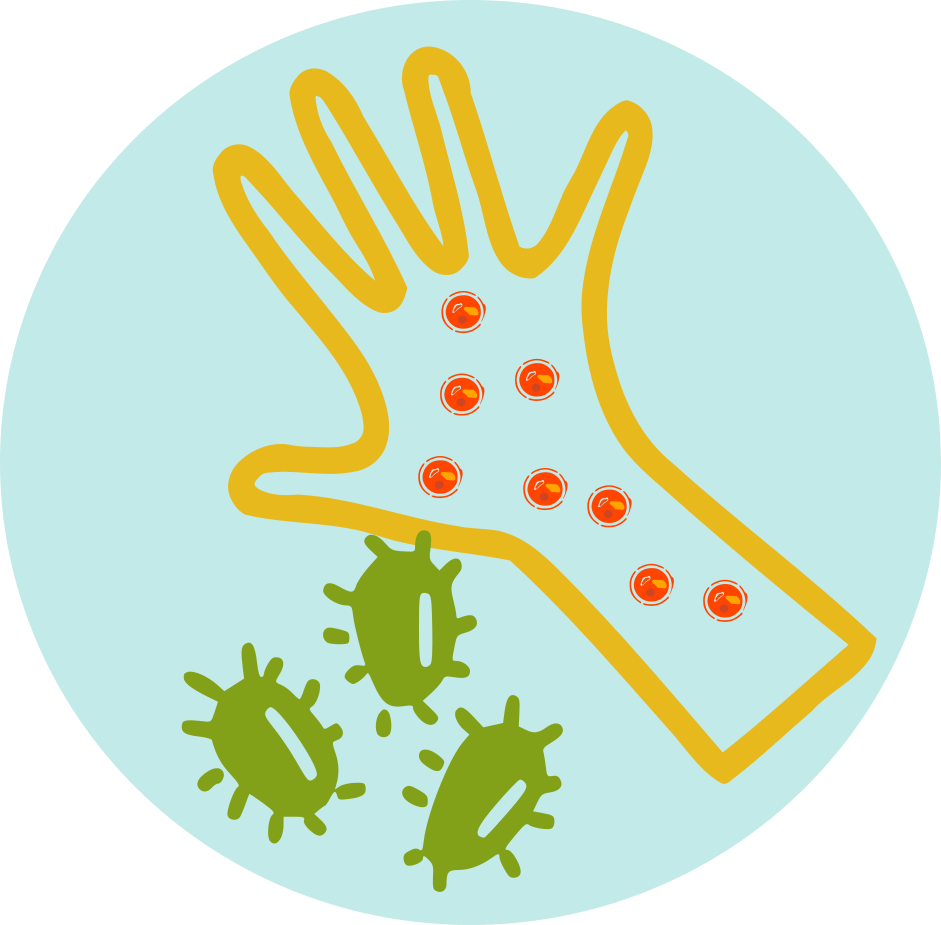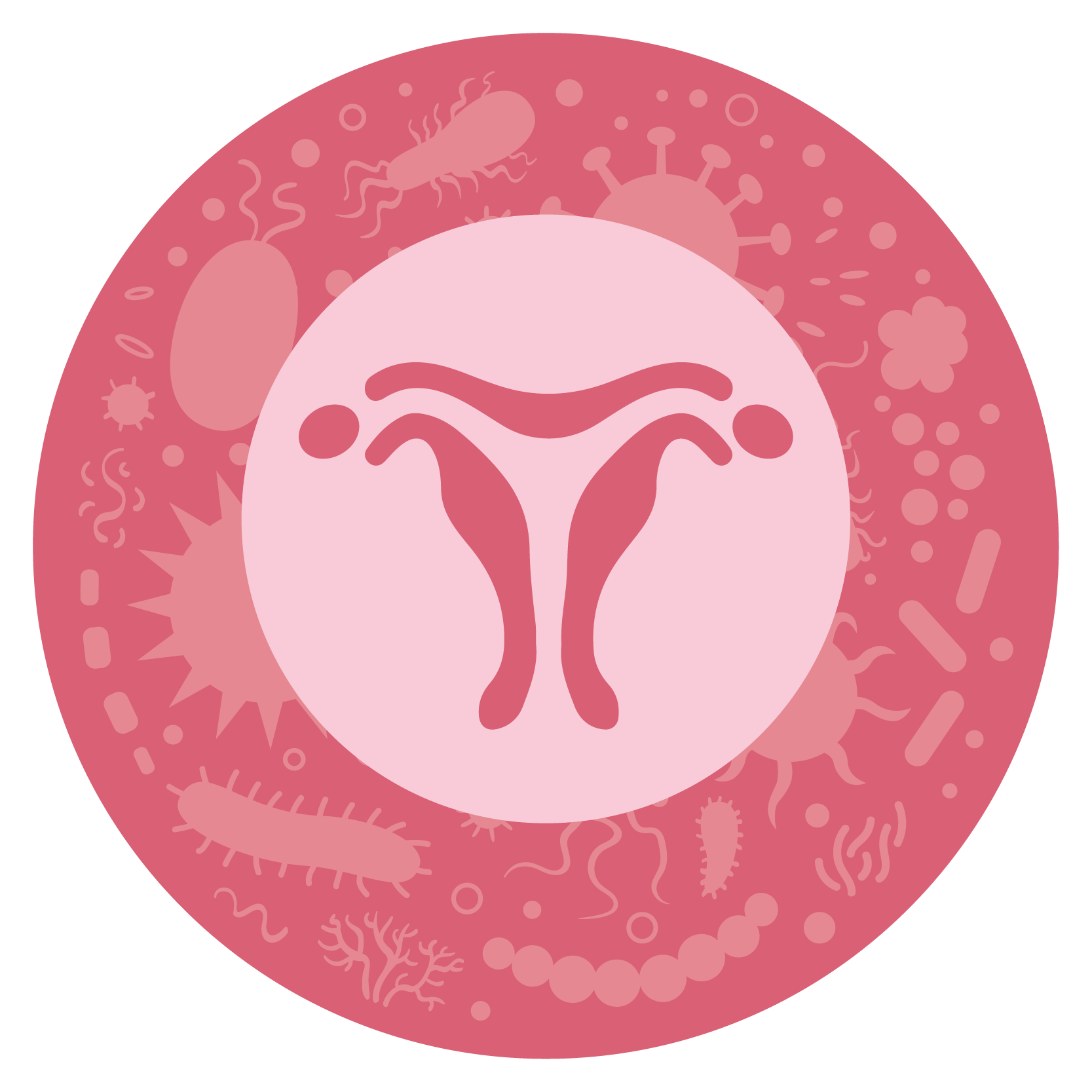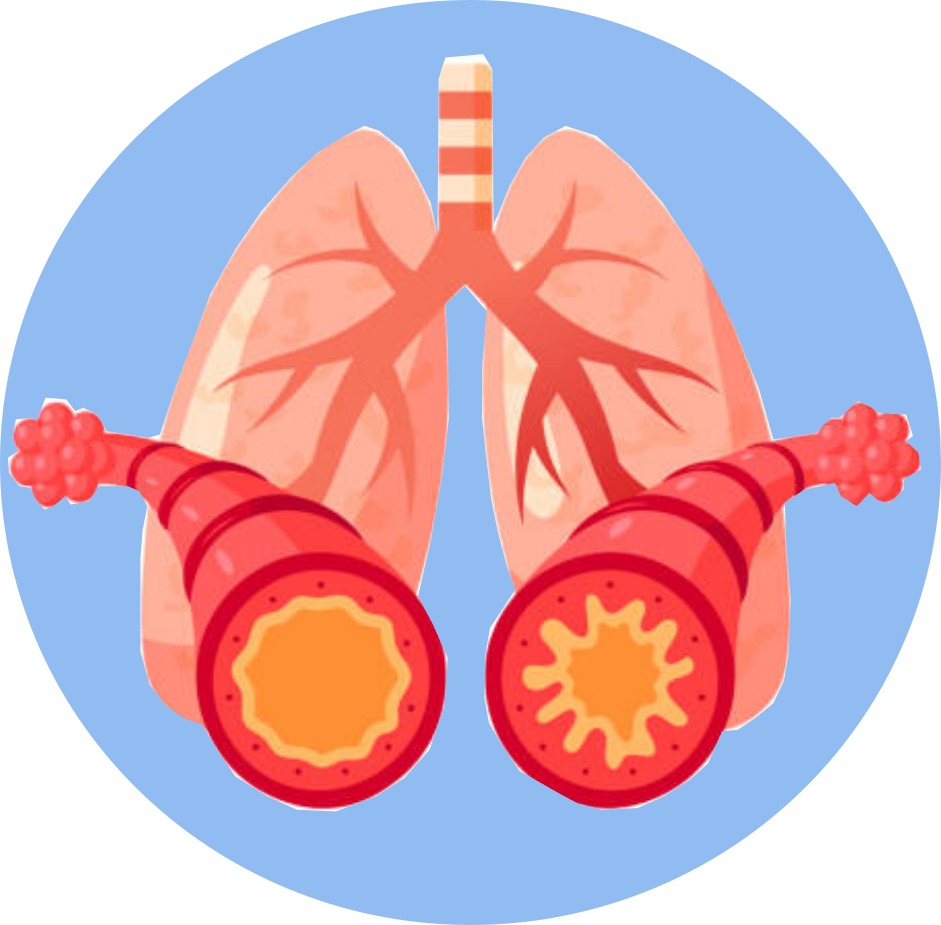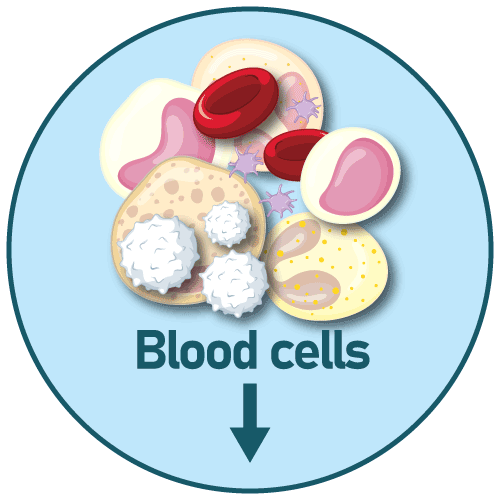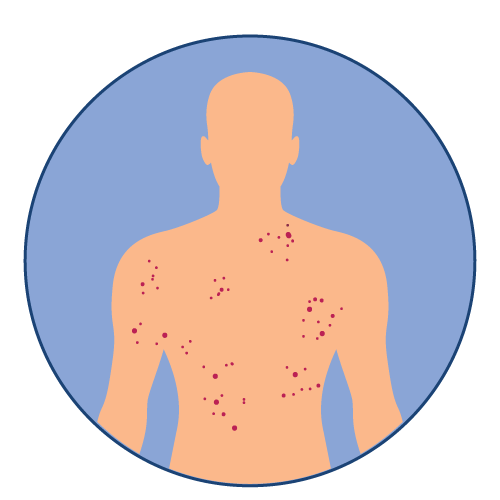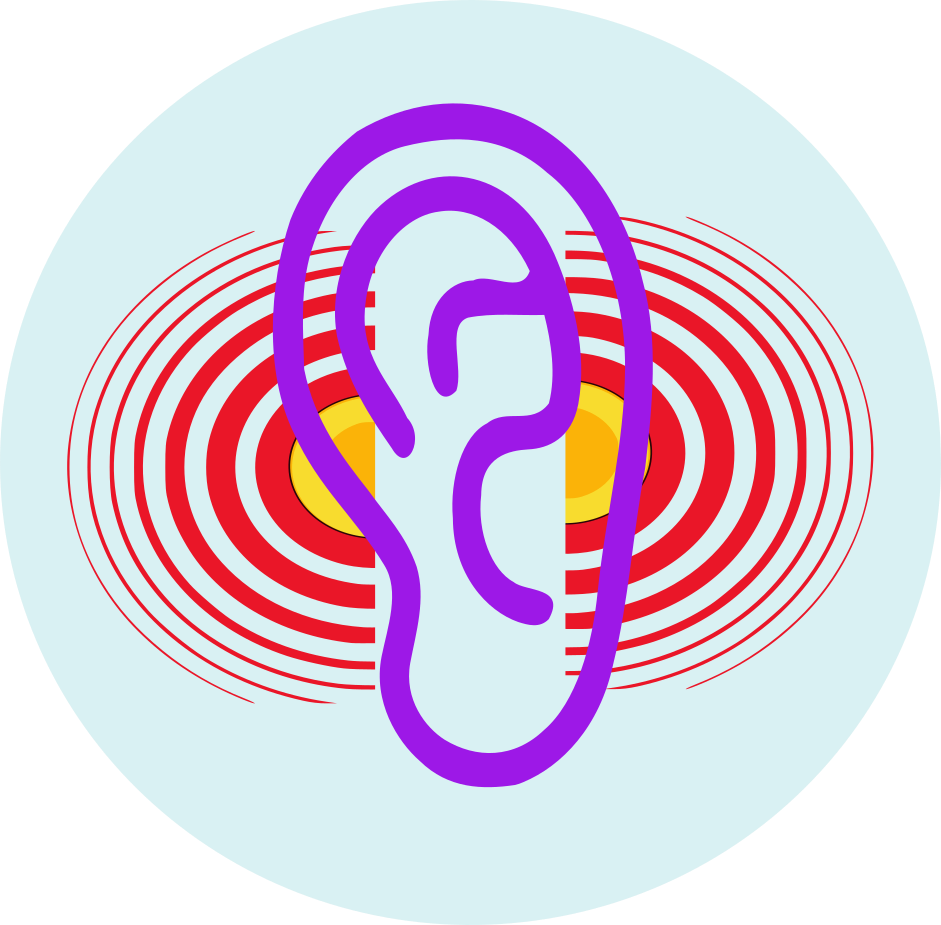| Name | Aztreonam |
| Classes |
Antiinfective Agent Antibiotic |
| Diseases |
Blood Poisoning Cystic Fibrosis Infectious Disease UTI (Urinary Tract Infection) |
Aztreonam
Aztreonam belongs to the class of drugs known as monobactam antibiotics. Its mechanism of action involves inhibiting bacterial cell wall synthesis by binding to and inhibiting penicillin-binding proteins, particularly those involved in the synthesis of peptidoglycan. This leads to bacterial cell wall disruption, ultimately causing cell lysis and death.
Aztreonam is indicated for the treatment of various types of bacterial infections.
- Urinary Tract Infections (complicated and uncomplicated), including pyelonephritis and cystitis (initial and recurrent) caused by Escherichia coli, Klebsiella pneumoniae, Proteus mirabilis, Pseudomonas aeruginosa, Enterobacter cloacae, Klebsiella oxytoca*, Citrobacter species*, and Serratia marcescens*.
- Lower Respiratory Tract Infections, including pneumonia and bronchitis caused by Escherichia coli, Klebsiella pneumoniae, Pseudomonas aeruginosa, Haemophilus influenzae, Proteus mirabilis, Enterobacter species, and Serratia marcescens*. Septicemia caused by Escherichia coli, Klebsiella pneumoniae, Pseudomonas aeruginosa, Proteus mirabilis*, Serratia marcescens*, and Enterobacter species.
- Skin and Skin-Structure Infections, including those associated with postoperative wounds, ulcers, and burns, caused by Escherichia coli, Proteus mirabilis, Serratia marcescens, Enterobacter species, Pseudomonas aeruginosa, Klebsiella pneumoniae, and Citrobacter species*.
- Intra-abdominal Infections, including peritonitis caused by Escherichia coli, Klebsiella species including K. pneumoniae, Enterobacter species including E. cloacae*, Pseudomonas aeruginosa, Citrobacter species* including C. freundii*, and Serratia species* including S. marcescens*.
- Gynecologic Infections, including endometritis and pelvic cellulitis caused by Escherichia coli, Klebsiella pneumoniae*, Enterobacter species* including E. cloacae*, and Proteus mirabilis*.
- Aztreonam is indicated for adjunctive therapy to surgery in the management of infections caused by susceptible organisms, including abscesses, infections complicating hollow viscus perforations, cutaneous infections, and infections of serous surfaces. Aztreonam is effective against most of the commonly encountered Gram-negative aerobic pathogens seen in general surgery.
*Efficacy for this organism in this organ system was studied in fewer than 10 infections.
Aztreonam may be administered intravenously or by intramuscular injection. Dosage and route of administration should be determined by susceptibility of the causative organisms, severity and site of infection, and the condition of the patient.
| Type of Infection | Dose | Frequency (hours) |
| Urinary tract infections | 500 mg or 1 g | 8 or 12 |
| Moderately severe systemic infections | 1 g or 2 g | 8 or 12 |
| Severe systemic or life-threatening 2 g 6 or 8 infections | 2 g | 6 or 8 |
- The maximum recommended dose is 8 g per day.
- Because of the serious nature of infections due to Pseudomonas aeruginosa, the dosage of 2 g every six or eight hours is recommended, at least upon initiation of therapy, in systemic infections caused by this organism.
- The intravenous route is recommended for patients requiring single doses greater than 1 g or those with bacterial septicemia, localized parenchymal abscess (eg, intra-abdominal abscess), peritonitis, or other severe systemic or life-threatening infections.
- The duration of therapy depends on the severity of the infection. Generally, Aztreonam should be continued for at least 48 hours after the patient becomes asymptomatic or evidence of bacterial eradication has been obtained. Persistent infections may require treatment for several weeks. Doses smaller than those indicated should not be used.
- Hypersensitivity: anaphylaxis, angioedema, bronchospasm
- Hematologic: pancytopenia, neutropenia, thrombocytopenia, anemia, eosinophilia, leukocytosis, thrombocytosis
- Gastrointestinal: abdominal cramps; rare cases of C. difficile–associated diarrhea, including pseudomembranous colitis, or gastrointestinal bleeding have been reported. The onset of pseudomembranous colitis symptoms may occur during or after antibiotic treatment.
- Dermatologic: toxic epidermal necrolysis, purpura, erythema multiforme, exfoliative dermatitis, urticaria, petechiae, pruritus, diaphoresis
- Cardiovascular: hypotension, transient ECG changes (ventricular bigeminy and PVC), flushing
- Respiratory: wheezing, dyspnea, chest pain
- Hepatobiliary: hepatitis, jaundice
- Nervous System: seizure, confusion, vertigo, paresthesia, insomnia, dizziness
- Musculoskeletal: muscular aches
- Special Senses: tinnitus, diplopia, mouth ulcer, altered taste, numb tongue, sneezing, nasal congestion, halitosis
- Other: vaginal candidiasis, vaginitis, breast tenderness
- Body as a Whole: asthenia, headache, fever, malaise
- Prescribing Aztreonam in the absence of a proven or strongly suspected bacterial infection or a prophylactic indication is unlikely to provide benefit to the patient and increases the risk of the development of drug-resistant bacteria.
- In patients with impaired hepatic or renal function, appropriate monitoring is recommended during therapy.
- If an aminoglycoside is used concurrently with aztreonam, especially if high dosages of the former are used or if therapy is prolonged, renal function should be monitored because of the potential nephrotoxicity and ototoxicity of aminoglycoside antibiotics.
- The use of antibiotics may promote the overgrowth of nonsusceptible organisms, including Gram-positive organisms (Staphylococcus aureus and Streptococcus faecalis) and fungi. Should superinfection occur during therapy, appropriate measures should be taken.
Contraindication
This preparation is contraindicated in patients with known hypersensitivity to aztreonam or any other component in the formulation.
None known.
None known.
 Bangla
Bangla English
English